Smithsonian Scholars Pick Their Favorite Books of 2020
This wide-ranging list offers much-needed context for the issues at the forefront of the national conversation
/https://tf-cmsv2-smithsonianmag-media.s3.amazonaws.com/filer/1b/a1/1ba1cf7f-deb5-467a-9901-564af9d3ace1/smithsonian_scholars-main.jpg)
The profound challenges of this past year have brokered an equally profound moment for the Smithsonian Institution to bring its considerable intellectual weight to the topics of the day, particularly the nation's reckoning with racism. Smithsonian Secretary Lonnie G. Bunch III recently explained why the organization should be at the forefront of a conversation on race—“to provide understanding and contextualization as the country tries to better understand who it once was and point it toward who it can be.”
Even as the museums and the National Zoo shuttering twice this year with the nation gripped by the Covid-19 pandemic, exhibitions like “Alexander Von Humboldt,” which saw visitors for only a disappointing few weeks at the Smithsonian American Art Museum, depended even more significantly on the audience reach of the show’s stunning catalogue by curator Eleanor Jones Harvey, as well as the museum’s online programs. Museums also became far more less localized this year as curators, educators and scientists connected with audiences across new digital platforms.
But as the multiple crises of 2020 blurred over the months from one to the next, encompassing racial injustice, economic disparity and homelessness, classroom education inequities and the catastrophes of global climate change, Smithsonian scholars turned to the books mirroring the country's problems and anxieties. Whether a book served as an antidote to doomscrolling, a path to enlightenment, a way to surface lost histories or biographies, or to peer deep into the future to find the footprints of our civilization in the fossil record, the books Smithsonian experts recommend this year are, in a word, relevant.
The Broken Heart of America: St. Louis and the Violent History of the United States
Recommended by Orlando Serrano, youth and teacher program manager at the National Museum of American History
The preeminent Harvard historian Walter Johnson is best known for award-winning academic monographs like Soul by Soul: Life Inside an Antebellum Slave Market and River of Dark Dreams: Slavery and Empire in the Mississippi Valley's Cotton Kingdom. In his new book, Johnson focuses his keen analysis on a city close to his own hometown of Columbia, Missouri, to trace the U.S. histories of Native American removal, expanding empire, enslavement and the St. Louis freedom movements to tell a tale that is simultaneously deeply local and widely national. Beginning with the imperial dreams of William Clark and ending with the protests and freedom movements of organizers in Ferguson, Johnson encapsulates America’s dreams and contradictions.
Everything She Touched: The Life of Ruth Asawa
Recommended by Stephanie Stebich, director of the Smithsonian American Art Museum and Renwick Gallery
Once you see the work of Ruth Asawa, you are certain to never forget it and to want to search for more opportunities to encounter her ethereal aerial sculptures. I first fell in love with her intricate sculptures at San Francisco’s de Young Museum and then drank in her work more recently at the Art Institute of Chicago. Biographer Marilyn Chase fascinates readers with the varied chapters of Asawa’s engrossing life including her adolescence spent in a Japanese internment camp, her work as an art teacher, her role in a multiracial family raising six children, her friendships with artists like photographer Imogen Cunningham and her reverence for Mexican basket makers, who provided the inspiration for her unique wire sculptures.
Sunny Days: The Children's Television Revolution That Changed America
Recommended by Ryan Lintelman, curator in the division of cultural and community life at the National Museum of American History
At a time when children’s television meant vacuous fantasy playhouses, slapstick puppet theaters and boisterous peanut galleries all designed to help sell toys and sugary cereals to kids and their parents, a few visionary educators, performers and producers began to think that television could do more for children. In David Kamp’s compelling popular history of the late-60s and 1970s children’s television revolution, we learn how the creators of “Sesame Street,” “Mr. Rogers’ Neighborhood” and “Zoom” crafted revolutionary programs that changed the face of the genre and influenced a generation of Americans. Informed by research, Fred Rogers and the Children’s Television Workshop set out to prove that television could be used to teach social skills and encourage emotional development and to help close the racial and economic achievement gap. Kamp’s engaging history of the heady and provocative golden age of educational entertainment casts these beloved series in a new light—including the groundbreaking decision to set “Sesame Street” in a racially-diverse city neighborhood amidst white flight and urban decay. The book also speaks to our educational present, when screens have never been more important to helping children learn.
Alexander von Humboldt and the United States: Art, Nature, and Culture
Recommended by Kirk Johnson, director of the National Museum of Natural History
This exquisitely illustrated volume by senior curator Eleanor Jones Harvey is the catalogue for the exhibition of the same name that was scheduled to open at the Smithsonian American Art Museum on March 15, the day after the Smithsonian Institution closed all of its museums and the National Zoo due to Covid-19. The show—which opened in September before being shuttered again in November after local and national cases surged—is a gorgeous array of original art and artifact that documents the prodigious impact the influential naturalist and explorer Alexander von Humboldt had on our young Nation. It even includes the original skeleton of the first mastodon ever found in North America (on loan from a museum in Darmstadt, Germany). The book is as beautiful as the exhibition and it builds a compelling case that Humboldt inspired James Smithson down a thought path that ended up becoming the Smithsonian Institution. You can learn a lot about America from this book.
Golem Girl: A Memoir
Recommended by Katherine Ott, curator in the division of medicine and science at the National Museum of American History
The artist, teacher and story-teller Riva Lehrer glares directly into the darkness, uncertainty, creativity and beauty that brought her into being in her acclaimed memoir Golem Girl. The narrative spills out of the mind and body of this brilliant portrait painter and an accidental historian of the unfolding surgical knowledge of a profession that, in her words, constructed her. Lehrer infuses her writing with her constant exploration of the human form, including her own, as she observes, ingests and rearranges lovers, art, doctors and assumptions about disability.
In the Midst of Plenty: Homelessness and What To Do About It
Recommended by James Deutsch, curator at the Smithsonian Center for Folklife and Cultural Heritage
What I often hear from those who are experiencing homelessness is a plea to be recognized as human. “What bothers me are the passersby who act like they’re on a separate pecking order,” Chris Shaw told me. Shaw had experienced homelessness for a time after his parents died. “They lower their shoulders, they put their heads down, and they charge past me as if I’m invisible.” In this insightful new book, authors Marybeth Shinn and Jill Khadduri clarify the human dimensions of homelessness and what the United States—with all of its resources—should do about this national problem, which has grown even worse with the economic crisis of 2020.
The U.S. Antifascism Reader
Recommended by Theodore S. Gonzalves, curator in the division of cultural and community life at the National Museum of American History
Sometime between the first U.S. pandemic-related lockdowns in March and the two major political party conventions held in August, my pre-bedtime ritual of catching up on the day’s headlines turned into doomscrolling. To get a handle on my blood pressure, I did two things. First, I switched to looking at videos of puppies and sea otters. Second, I started leafing through Bill V. Mullen and Christopher Vials’ well-timed anthology with selections that take the reader from the 1930s to the present, highlighting the prominent voices of American activism such as the historian W. E. B. Du Bois along with the less widely-known such as the Asian American civil rights attorney Penny Nakatsu. The editors remind us of the long historical arc towards an understanding of our current moment. They close their introduction with a challenge: Who will get organized first?
Minor Feelings: An Asian American Reckoning
Recommended by Adriel Luis, curator of digital and emerging practice at the Smithsonian Asian Pacific American Center
Cathy Park Hong is well aware that writing about racial identity can be a tricky and lonely road, yet she invites the challenge through a collection of essays that are accessible and enthralling. Much of the power of Minor Feelings is explained in its title—it gives voice to the experiences and observations of Asian American life that often go unspoken and unexplored. Hong's lyrical yet cutting prose transports the reader into intimate memories about family, friendships and coming of age; so much so that her shame, inadequacies and rage are your own. Hong lifts the veil and points at the invisible, hard to explain complexities and contradictions that pervade the life of being Asian in America.
Franchise: The Golden Arches in Black America
Recommended by Peter Liebhold, curator in the division of work and industry at the National Museum of American History
If you see McDonald’s as the embodiment of evil capitalism, labor exploitation and a vector for obesity, you need to read this book. If you think history is messy and realize good guys do not always wear white hats, then Marcia Chatelain’s deep dive into the history of fast food companies is for you. She tells a surprising and important story about the giant McDonald’s franchise and its important role in the struggle for racial justice and social equality. A bittersweet story, Chatelain is not a company booster but does suggest that hope sometimes comes in strange forms. This is a must-read for those that love the complexity of business and labor history.
Nature's Best Hope: A New Approach to Conservation That Starts in Your Yard
Recommended by Brian Coyle, researcher at the Smithsonian Conservation Biology Institute
Instead of uniform blankets of green crew cut lawns, imagine driving down a street where the yards are a medley of color, structure and floral fragrance, full of butterflies, beetles, bees and birds. Educator and author Doug Tallamy, a leading voice for a growing movement that empowers homeowners in any location to become conservationists, advocates a societal shift in mindset about residential lifestyles and the traditional neighborhood aesthetic. He is urging homeowners to reject their lifeless monoculture lawns made of invasive grasses and ornamentals that are dependent on toxic pesticides in favor of a biodiverse sanctuary of wildflowers and native plants. The latest in his series of best sellers on this topic, Tallamy hopes to create valuable habitat for struggling wildlife in our built environments while also protecting homeowners from the known and unknown impacts of chemical poisons.
Neighborhood of Fear: The Suburban Crisis in American Culture, 1975–2001
Recommended by Kevin Strait, curator at the National Museum of African American History and Culture
Cultural historian Kyle Riismandel explores what happened when suburban homeowners raised with visions of “Leave it to Beaver” and Levittown dancing in their heads found themselves living instead in Love Canal and facing The Decline of Western Civilization. Imperiled by everything from nuclear power plants and kidnappers to Dungeons & Dragons and Marilyn Manson, suburbanites legitimately believed that nothing less than home and family were at stake, responding to these new dangers by regulating these spaces and reinforcing nostalgic visions of the “traditional” family in ways that actually increased their powerful influence. Riismandel’s work is a meaningful contribution to the ever-expanding field of urban studies, providing a deep dive into the history of the modern suburbs and their integral role in shaping the political landscape of American culture.
Running Toward Mystery: The Adventure of an Unconventional Life
Recommended by Kate Christen, sustainability advisor to Smithsonian Facilities
This singular memoir tracks one Hindu Brahmin boy’s spiritual learning journey into an adult life of both contemplative and world-engaged Buddhist monkhood. Largely a series of resonant portraits of those who’ve taught him, the philosopher and educator Tenzin Priyadarshi along with the Iranian-American writer Zara Houshmand provide a globe-crossing narrative and an annotated paen to the universal complement of the gifts and attributes of all valued mentors who have shared learning relationships with seekers of compassionate enlightenment down through the ages. Founding director of MIT’s Dalai Lama Center for Ethics and Transformative Values, Priyadarshi is himself a teacher and mentor of practitioners in the growing field of empathy studies. You might walk around your own learning space as the peripatetic Priyadarshi reads the audio version to you, explicating a compendium of teachings around the timely premise of inclusive access: “one’s own sense of freedom,” he explains, “is inextricably tied to the liberation of others.”
To the Last Smoke: An Anthology
Recommended by Jeffrey K. Stine, curator in the division of medicine and science at the National Museum of American History
As climate change has intensified, so have the devastating effects of the world’s megafires. The author of 30 books on the history of wildfire, Stephen Pyne is both the undisputed expert on the topic and an elegant prose stylist. Pyne’s latest publication offers a sampler of some of his best essays and an inspired literary tour of America’s regional landscapes.
Footprints: In Search of Future Fossils
Recommended by Nick Pyenson, research geologist and curator of fossil marine mammals at the National Museum of Natural History
We're told that the human fingerprint on the world is unmistakable, but we’re rarely told just how long-lasting it will be. The award-winning author David Farrier gives us a sense of that answer by examining the geologic fates of our roads, plastics, cityscapes and excavations as a future ghost story. This narrative connects the sprawling origins of the stuff in our lives to their longevities at hundreds, thousands and even millions of years forward. The most severe legacies are the sickness countries—perpetually poisoned places named after the uranium mines in the Northern Territory of Australia—which we have generated from our atomic questing. By mining, building and detonating fissile materials all around the world, Farrier grapples with solutions that “bury the idea that we are an unprecedented threat to the future." Farrier’s terrific writing matches hard fact with metaphors pulled from mythology, Ben Okri’s parable of a famished road, and even Italo Calvino’s many permutations of a city. Eerie as it is to contemplate a world without us, Farrier’s foretelling is well worth the time.
One Life
Recommended by Sherri Sheu, fellow, National Museum of American History
One of the defining images from the 2019 Women’s World Cup is of the purple-haired, openly gay Megan Rapinoe standing in the corner of the pitch, arms spread wide after she scored a goal that put the U.S. team ahead of host nation France. Before the World Cup, Rapinoe was best known as the only white athlete to kneel in solidarity with NFL quarterback Colin Kaepernick. Her new book traces how she become an outspoken social activist, advocating for everything from equal pay for women to racial equality to gay rights to prison reform. Hers is a bigger story of political awakening for the micro-generation of older millennials who came of age just as marriage equality began gaining traction; who saw the birth of social media; who lived through the beginnings of the opioid crisis; who witnessed Ferguson on their screens.
Bearing Witness While Black: African Americans, Smartphones, and the New Protest #Journalism
Recommended by Joshua Bell, curator of globalization at the National Museum of Natural History
In a world increasingly shaped by surveillance capitalism and competing narratives of events in the media, journalism professor and scholar Allissa Richardson unpacks in concise prose what is happening now with smartphones and the documentation of violence against African Americans. Using the term “black witnessing,” Richardson not only provides a compelling history of how African Americans have documented the structural violence of racism, but also examines how in the present, the smartphone and social media are creating important counter-narratives and spaces for conversation. This book is not only timely but incredibly important if we are to understand the diverse media ecologies we inhabit, how racism persists in these diverse fields, and how it is being challenged.
The Nature of Nature: Why We Need the Wild
Recommended by Cat Kutz, communications manager with Smithsonian Conservation Commons and Earth Optimism
Dubbed a “love letter to the planet,” this book from National Geographic explorer-in-residence and founder of the Pristine Seas project, Enric Sala, is a moving and well-informed read for anyone curious about how and why we should save the planet and its innumerable biodiversity. From understanding the implications of species extinctions to factoring in the economic impacts of an increasingly uninhabitable world, Sala offers a well-traveled road map. Although at the surface, the overwhelming message is that we quite frankly will all perish without Mother Earth’s protective swaddle, there’s no lack of optimism for strides in conservation and our future as a species.
Marking Time: Art in the Age of Mass Incarceration
Recommended by Kimberly Probolus, fellow at the National Museum of American History
Scholars in carceral studies, art history and ethnic studies will appreciate art historian Nicole Fleetwood’s innovative methodology, arguments and interventions, but her ambitious book is also accessible to a popular audience. Fleetwood deftly weaves personal narrative together with nuanced readings of artworks created by incarcerated people in order to illustrate how, in her own words, “art in prison is a practice of survival, an aesthetic journey that documents time in captivity, a mode of connecting with others.” While the incarcerated artists she profiles create new worlds and fashion themselves in spite of their dehumanizing conditions, Fleetwood is also realistic about the limitations of her study. Art in prisons cannot, she notes “resolve the injustices rooted in the carceral system.” Nevertheless, she models how creative expression can build the coalitions necessary for imagining and realizing a more just society.
Latinx Art: Artists, Markets, and Politics
Recommended by Taína Caragol, curator of painting and sculpture, Latino art and history at the National Portrait Gallery
An outstanding contribution to the field of Latinx art, this book addresses the defining traits of the art category and its place in the contemporary art world. An anthropologist with a decades-long involvement in New York’s Latinx art scene, Arlene Dávila uses an ethnographic approach to expose how Latinx art is understood from within its own field of production and from the larger circuit of institutions that legitimize art. The wide range of Latinx art experts she interviews, from artists, curators, writers, critics and gallerists, draw the contours of a remarkably vibrant cultural field that is still undervalued. Her analysis not only dissects the conditions of Latinx artistic invisibility; it also proposes a path of action to overcome them and to create a more equitable art system.
Vanguard: How Black Women Broke Barriers, Won the Vote, and Insisted on Equality for All
Recommended by Christopher Wilson, director of Experience Design at the National Museum of American History
Soon after arriving at the Smithsonian, I began working on a commemorative event on the occasion of the 50th anniversary of the Montgomery Bus Boycott. I chose to focus on the stories of women like Johnnie Carr, Juanita Abernathy, JoAnn Robinson, Minnie McCants Harris and others who were essential in driving and sustaining this revolutionary movement even as their stories were overlooked. The timely new work from historian Martha S. Jones is the perfect book and story for America in 2020 as we rightly reexamine and revise, not history, but memory. With brilliant and passionate storytelling, Jones’ sweeping narrative reminds us that black women have been an essential part of the work to expand democracy and to force the United States to become a truly great nation. And it’s been a choice we’ve made not to remember that. Her research and writing provide admonition that to expand our memory of the past is, in fact, a laudable and necessary effort if we want to better understand and navigate the present to create a better future.
Having trouble seeing our list of books? Turn off your ad blocker and you'll be all set. For more recommendations, check out The Best Books of 2020.
By buying a product through these links, Smithsonian magazine may earn a commission. 100 percent of our proceeds go to supporting the Smithsonian Institution.
A Note to our Readers
Smithsonian magazine participates in affiliate link advertising programs. If you purchase an item through these links, we receive a commission.
/https://tf-cmsv2-smithsonianmag-media.s3.amazonaws.com/accounts/headshot/Beth_Head_Shot_High_Res-14-v2.png)
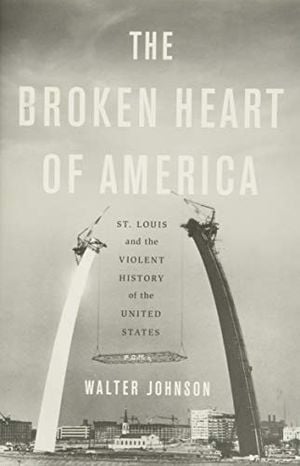
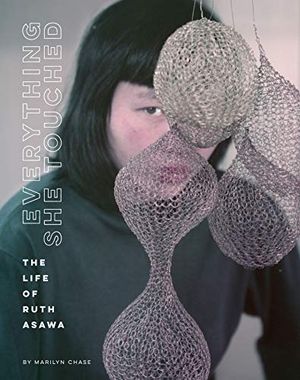
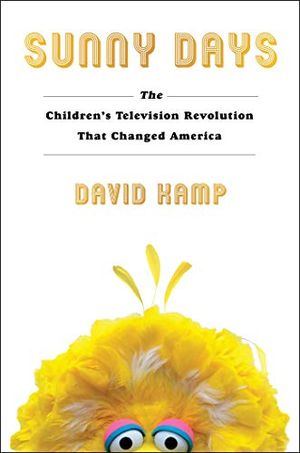
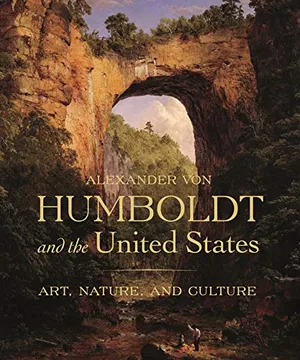
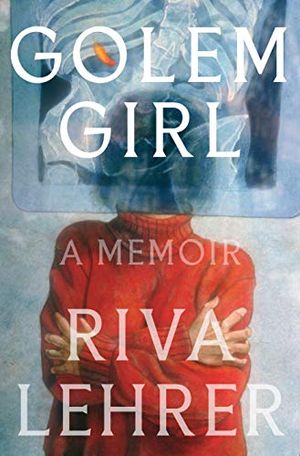
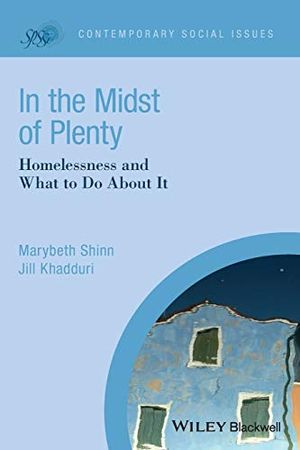

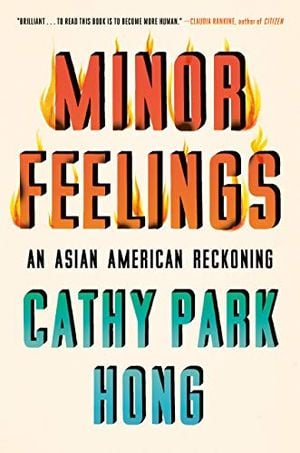
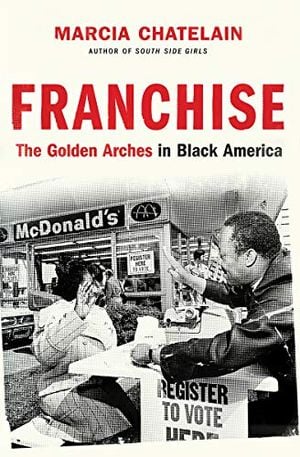
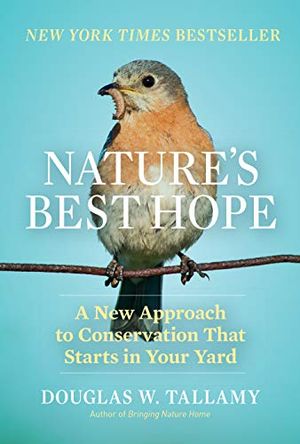
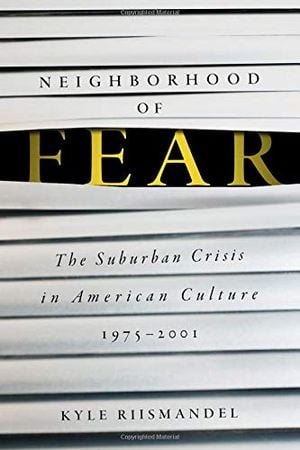
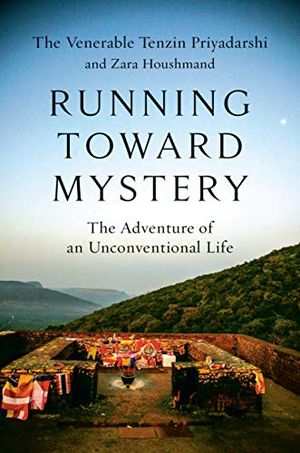
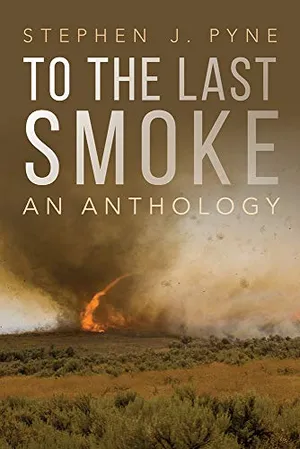

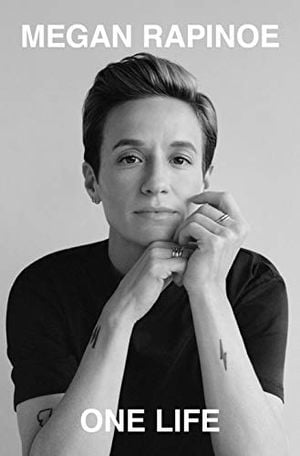
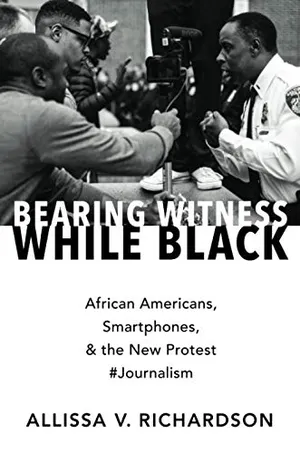
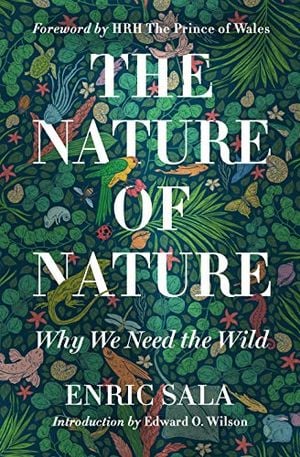
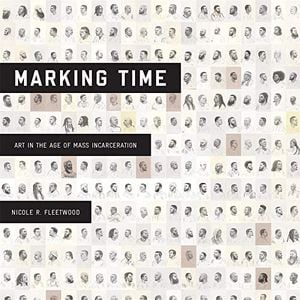
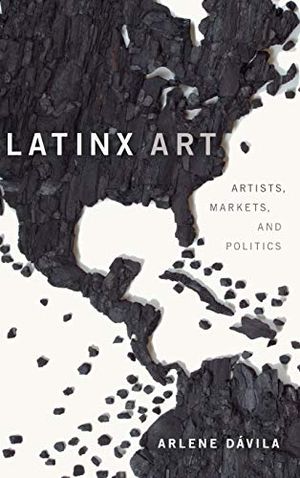
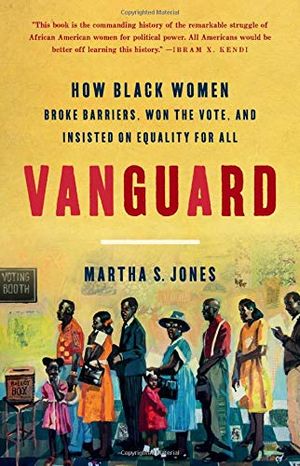
/https://tf-cmsv2-smithsonianmag-media.s3.amazonaws.com/accounts/headshot/Beth_Head_Shot_High_Res-14-v2.png)